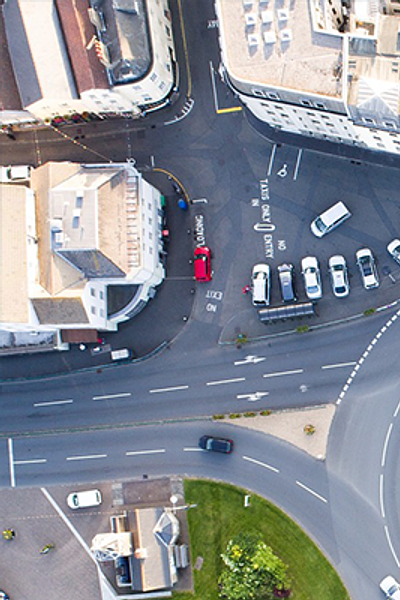
Ofcoms’ (this will open in a new window)report published earlier this year highlighted 94% of businesses believe that digital technologies are a crucial driver for increased productivity.
With around 70% of the UK land being used for agriculture, it’s no wonder the UK government and agriculture industry bodies are already prioritising investment into new ways of supporting agriculture and rural connectivity. FarrPoint was asked to join the discussion at Ofcoms' most recent event in Cardiff in the summer. Some of the key takeaways included;
Driverless tractors and other capabilities supported by 5G can actually become a reality sooner than you think. There is a lot of discussion around 5G but there are other technologies that could deliver benefits to the agricultural industry ahead of 5G.
Today there are still significant gaps within the UK infrastructure. Before we can develop or implement farming applications we need to be able to map where the coverage really is available as well as any future plans to deliver in these rural and in many cases remote farmland areas across the UK. There is a general assumption that 4G is going to reach all rural areas, but the question is how long will it take to get there? The real issue lies with mobile operators being able to fulfil their rural licence obligations without having to deliver connectivity to 100%.
The drive for connectivity rollout is naturally first focused on more urban areas with recognisable higher demand for services. However, this risks missing out on rural areas which in themselves have demand although at a different scale. The question of how to close this gap has been challenging policy leaders for long enough but the recent UK Government announcement of on ‘outside – in’ approach should raise this up the agenda. Different commercial models may be needed, FarrPoint consultants are actively working to develop solutions, coupled with appropriate regulatory and licensing pressures this should all help to reduce if not close this gap.
Within Agriculture and rural Scotland FarrPoint has been working on key pilots as well as researching the real potential for IoT to help develop economic activity and improve delivery of public services in rural communities.
We also advise public sector bodies on where to invest in the infrastructure to ensure they meet the needs of business and residents within their towns and communities, using different technologies, including the full range of wireless technologies. When it comes to IoT in the agriculture sector the technology must be robust, reliable and cost-effective.
Read more about our Net-Zero & Digital solution.
Established in 2007, FarrPoint is now recognised as market-leading experts in digital connectivity, IT Strategy, Networks & Infrastructure. We provide independent technical advice on complex, large scale projects working with government and industry at a national and international level. FarrPoint Advisers are based across the UK with headquarters in Edinburgh and offices in London and Manchester.
FarrPoint has:
Connectivity is important. It drives business and society, bringing communities and commerce together. That's why we use our insight and experience to connect people and business.